Of forty thousand years old, after Monte Nuovo, it is the youngest of the thirty volcanoes in the Phlegraean Fields caldera. Although partly located in the Naples area, from an administrative point of view, the Astroni crater falls entirely within the territory of Pozzuoli, while from a geological point of view it falls within the volcanic complex of Agnano.est.
Thus, with its 247 hectares it borders with Agnano / Montespina to the south, with the Neapolitan district of Pianura to the north and east and with the crater of Cigliano to the west.
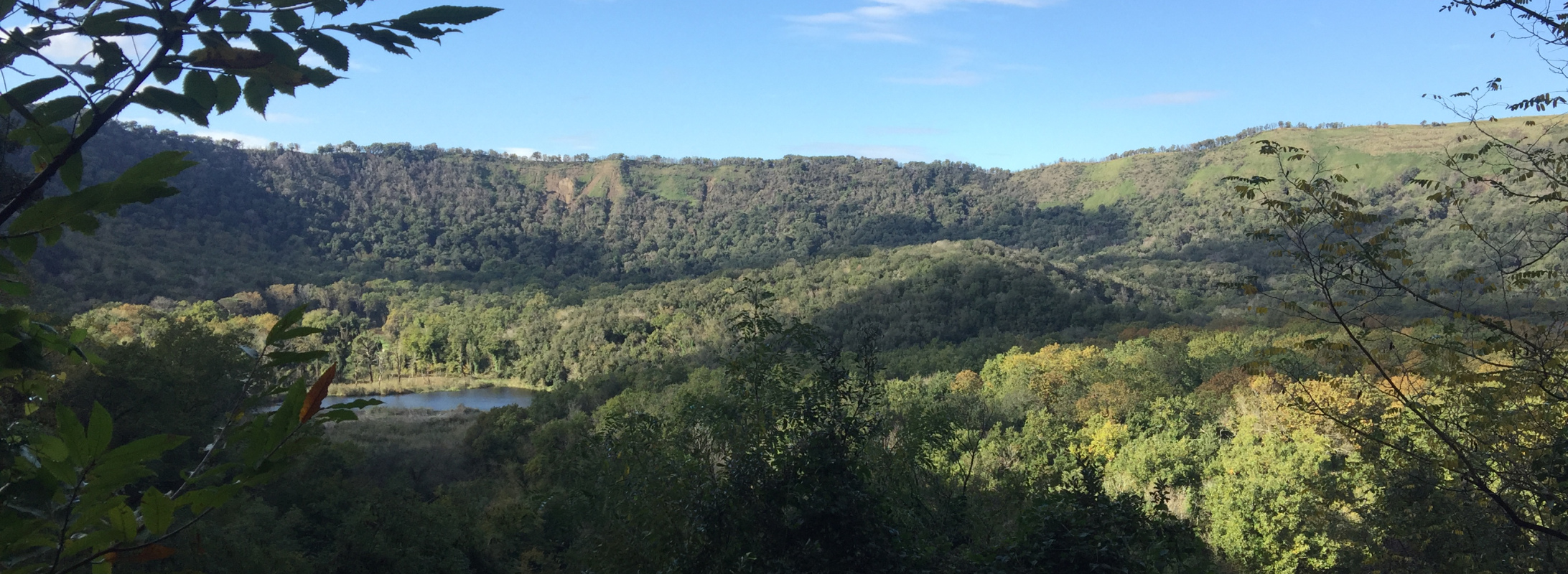
The elliptical shape distinguishing it immediately identifies the Astroni as a volcano, now extinct, created and modeled by seven explosive eruptions that occurred between 4,100 and 3,800 years ago. The highest point along the perimeter of about six kilometers corresponds to the spur of Torre Nocera, which reaches 261 meters in height, while the bottom is located just under ten meters above sea level. There is no shortage of other reliefs, lava cones such as the 54-meter Pagliaroni hill, the 69-meter-long Rotondella hilland the 76-meter Empress hill and the Caprara lava dome. In the area of the crater there are also the Lago Grande, about three hectares, fed by the underground water table, and two other lakes, little more than ponds, the Cofaniello grande ("large Cofaniello") and the Cofaniello piccolo ("small Cofaniello"), which collect rainwater. For millennia, the crater has also housed thermal springs that have now disappeared. Their existence has been proved until the 13th century, when in 1217 Emperor Frederick II went there for his health.
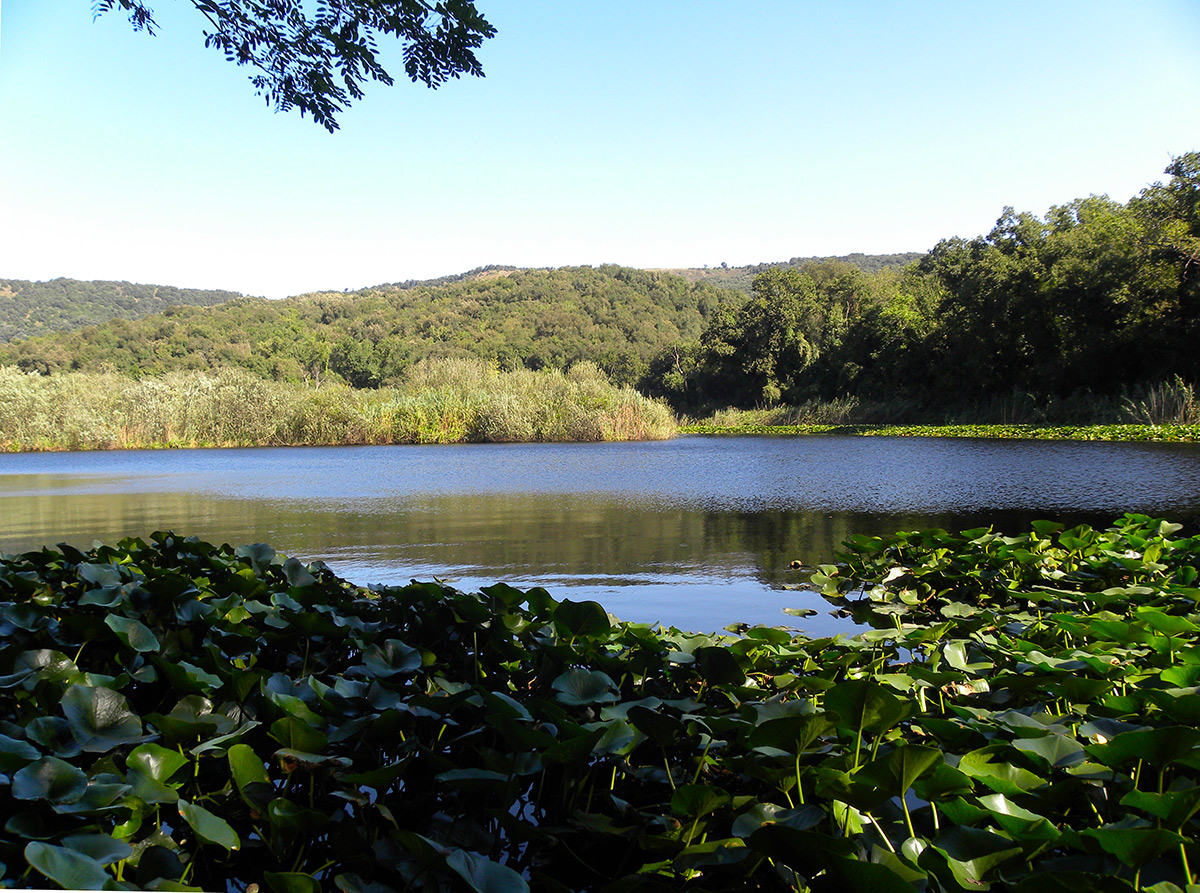
The myth placed the cyclops Sterope in the volcano, from which perhaps the name of the place derives. Other hypotheses make the toponym derive from the Strioni, the sorcerers who, according to ancient beliefs, used to frequent it regularly, or even from sturnis, which are the flocks of birds that have always been numerous.
The massive presence of avifauna made the Astroni a hunting reserve for the Aragonese kings. Alfonso I brought deer, wild boar and various species of birds into the area. This original function was confirmed for three centuries, until 1721, when it was donated to the Jesuits. It was a brief break, until 1739, since with the advent on the throne of Charles of Bourbon, the site returned to the availability of the crown and, due to the sovereign's known passion for hunting, it was converted into a hunting place and repopulated with species related to hunting. At the beginning of the twentieth century, having become the property of the Opera Nazionale Combattenti (National Opera Fighters), the crater was used for agriculture, then during the Second World War it was even used as a weapons depot. Finally, in the 1960s, it was recognised as a naturalistic oasis to be protected, but it took a few decades and various vicissitudes before formalising the establishment of a nature reserve owned by the region, entrusted in 1990 to the WWF, which opened it to the public in 1992. Inserted in the Regional Park of the Phlegraean Fields, the Astroni are recognised as a Site of Community Interest (SCI) and a Special Protection Area (SPA).
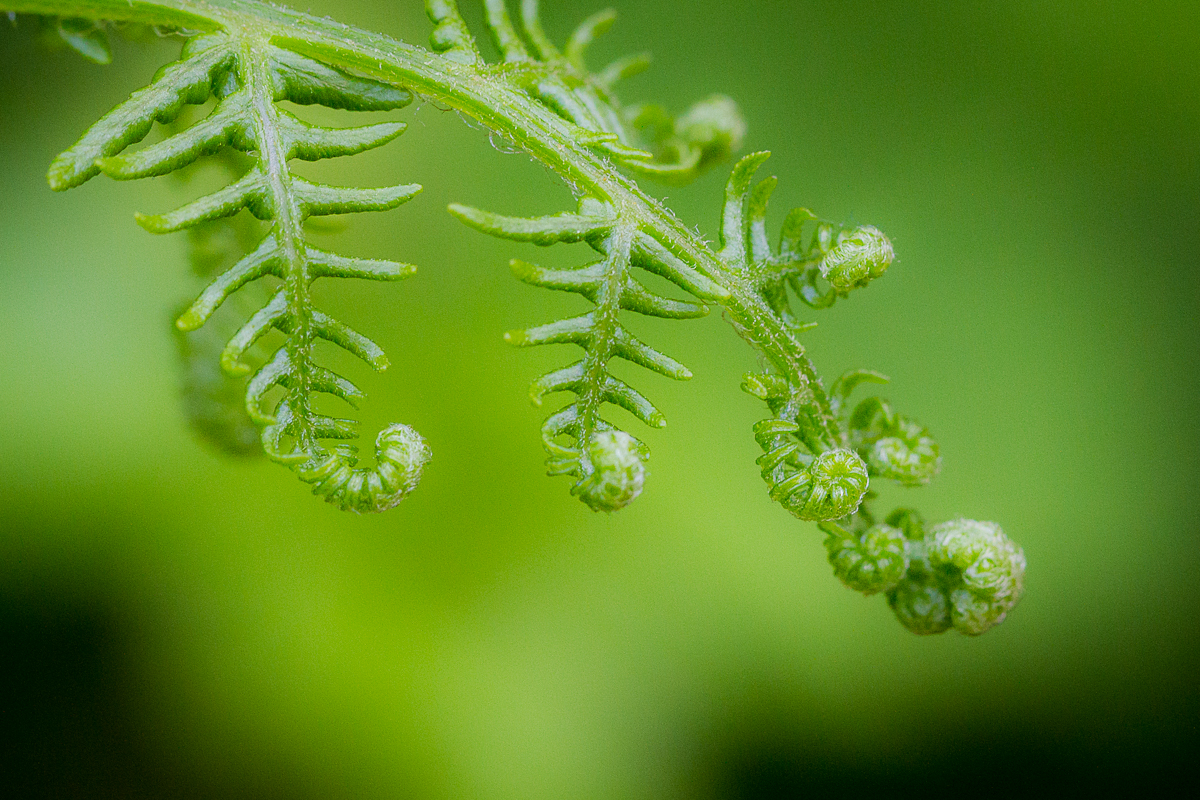
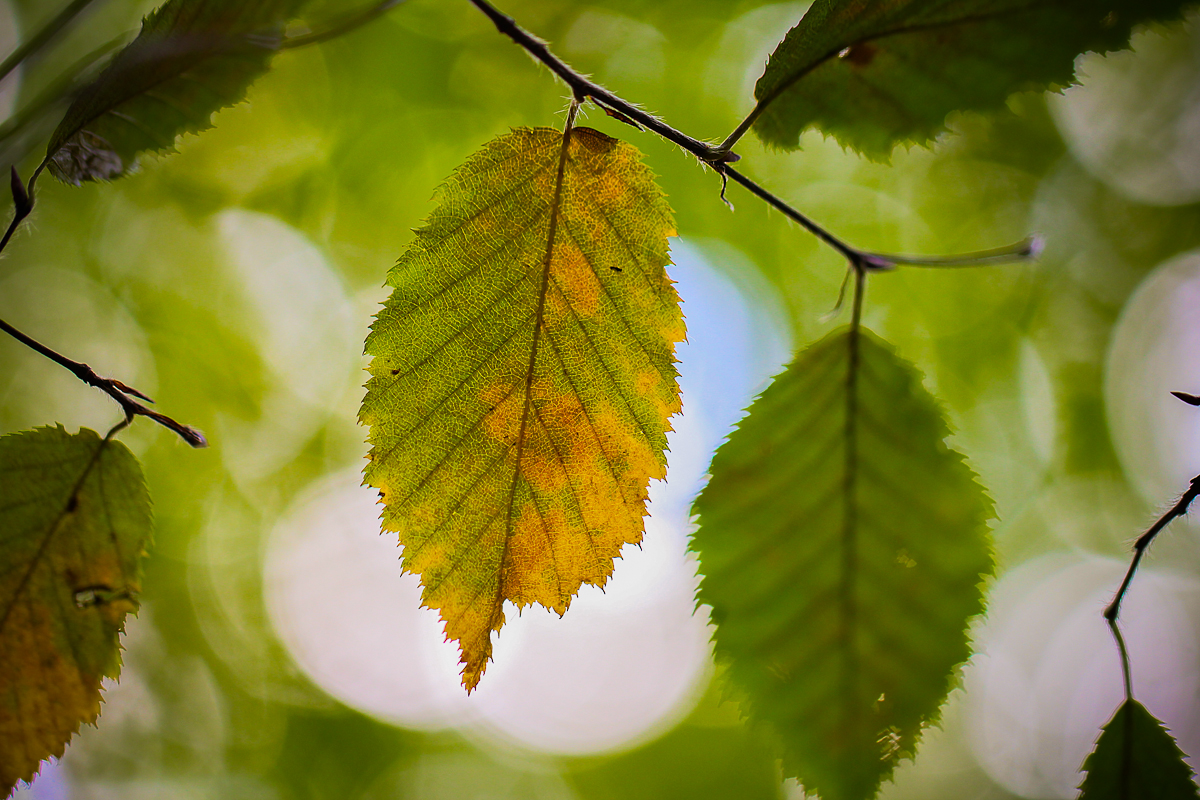
Among the most relevant features of the crater from a naturalistic point of view, there is the phenomenon of vegetational inversion, for which the succession of tree species depending on the altitude is reversed compared to the usual one. Therefore, on the bottom, a few meters high, usually high altitude trees grow, such as chestnuts, English oaks, oaks, elms and white and black and oriental hornbeams and American red oak. Around the lakes, typical species such as reeds, cattails and willows are found. In the Lago Grande, the willow is accompanied by expanses of white water lily, while in the small Cofaniello the duckweed prevails. Going up to the top of the edge, you will come across lush woods of holm oaks with strawberry trees and ash trees in the most shady points and, in the sunniest ones, the Mediterranean scrub with mastic, myrtle, heather, privet, butcher's broom, gigaro, hawthorn. And flowers: Neapolitan cyclamen, buttercups and wild orchids.

 Kingdom of avifauna, the Astroni welcome 130 species of birds, including nesting, wintering and passing birds. The symbol of the oasis is the great spotted woodpecker, with which two other species of woodpeckers coexist and also robins, little ones, blackbirds, finches, wrens, florets, blue tit, great tit, blackcaps, blackberries, mallards, coots, grebes, herons ashes, little egrets, moorhens, jays. The rare ferruginous duck has been reintroduced a few years ago and nests around Lago Grande. Various birds of prey, diurnal and nocturnal, nest in the oasis: peregrine falcons, kestrels, buzzards, sparrow hawks, owls, owls and barn owls. Five species of snakes: wipp snakes, four-lined snakes, Aesculapian snake,snakenter wrens, ringed snakes and the viper in the highest and sunniest part. Mammals are represented by foxes, weasels, hedgehogs, dormhouses, moles, shrews, hazel mice, voles, wood mice and the minuscule Etruscan shrew. Dragonflies fly over the water and also 38 species of butterflies, two of which are present, in the Phlegraean Fields, only in the Astroni.
Kingdom of avifauna, the Astroni welcome 130 species of birds, including nesting, wintering and passing birds. The symbol of the oasis is the great spotted woodpecker, with which two other species of woodpeckers coexist and also robins, little ones, blackbirds, finches, wrens, florets, blue tit, great tit, blackcaps, blackberries, mallards, coots, grebes, herons ashes, little egrets, moorhens, jays. The rare ferruginous duck has been reintroduced a few years ago and nests around Lago Grande. Various birds of prey, diurnal and nocturnal, nest in the oasis: peregrine falcons, kestrels, buzzards, sparrow hawks, owls, owls and barn owls. Five species of snakes: wipp snakes, four-lined snakes, Aesculapian snake,snakenter wrens, ringed snakes and the viper in the highest and sunniest part. Mammals are represented by foxes, weasels, hedgehogs, dormhouses, moles, shrews, hazel mice, voles, wood mice and the minuscule Etruscan shrew. Dragonflies fly over the water and also 38 species of butterflies, two of which are present, in the Phlegraean Fields, only in the Astroni.
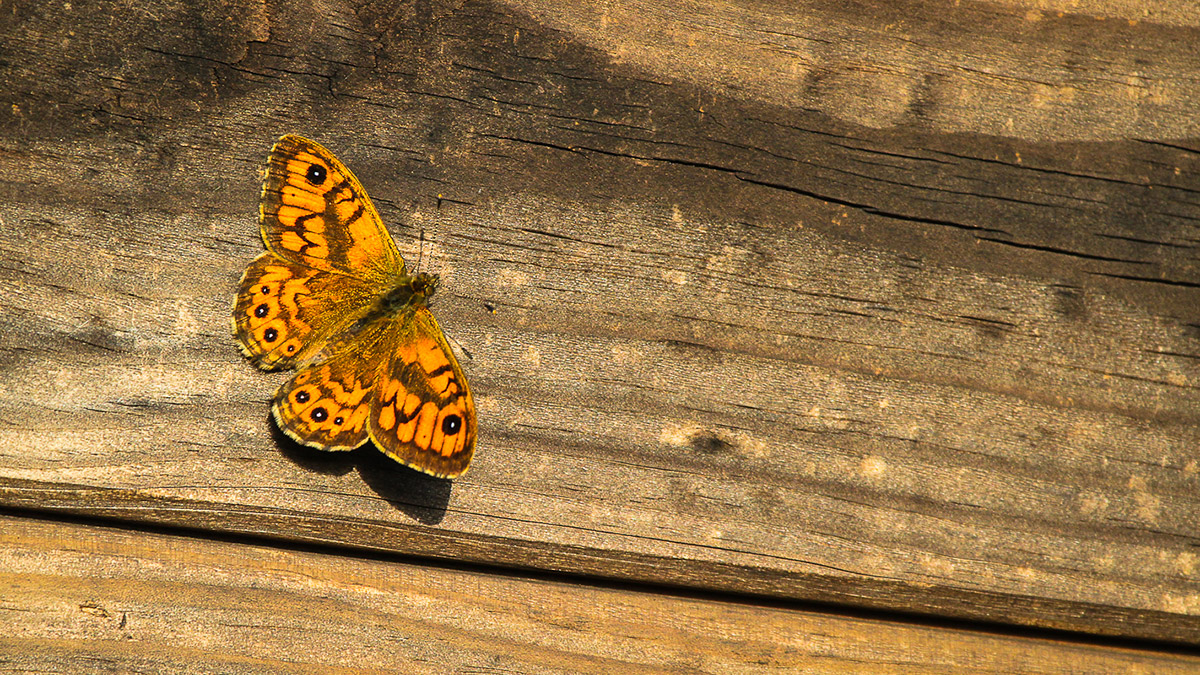
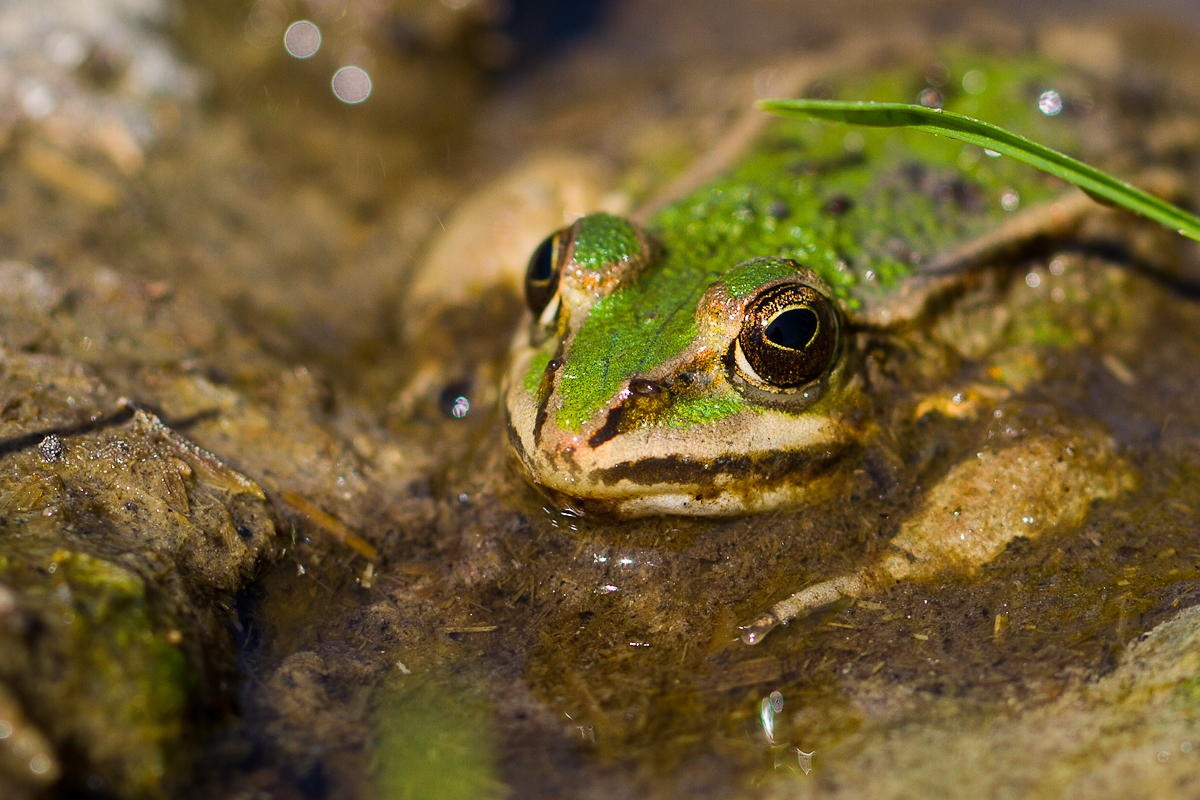
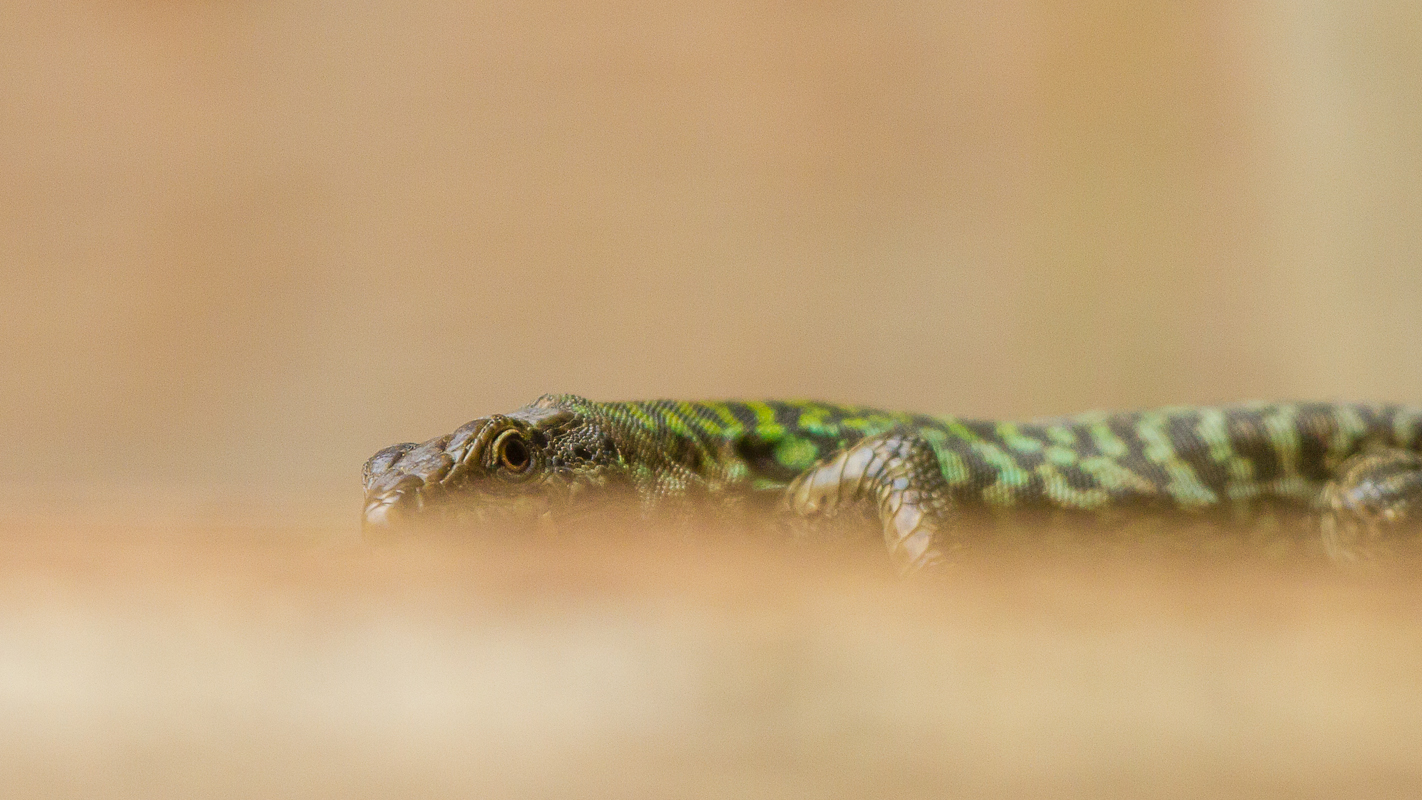



Comments powered by CComment